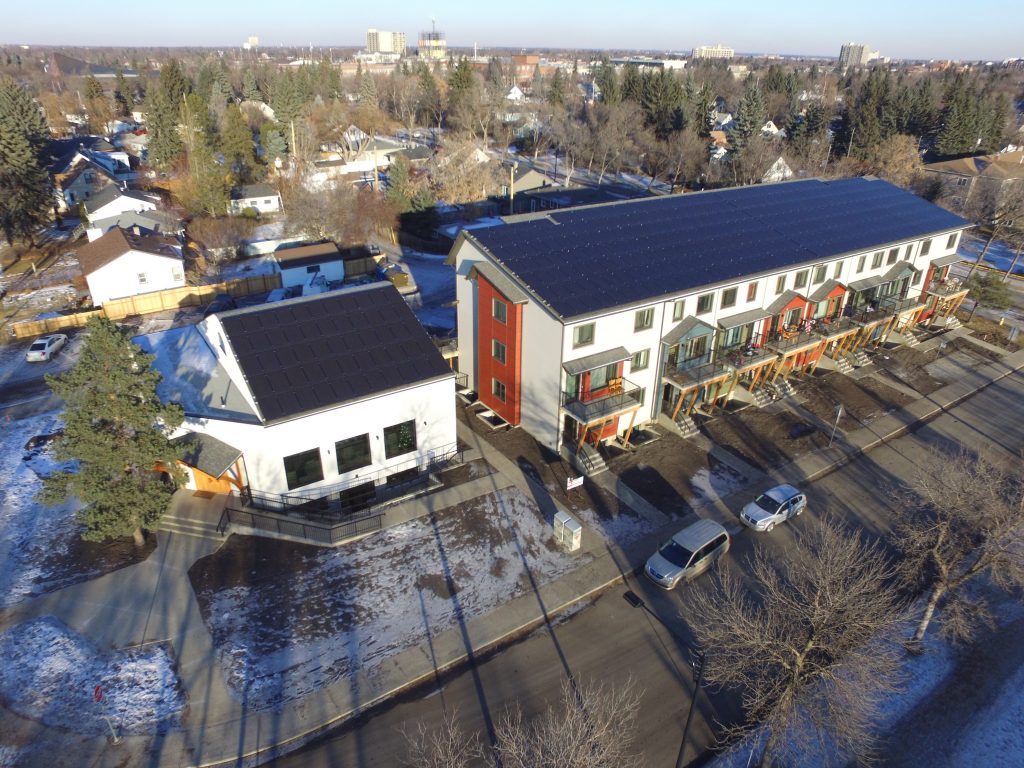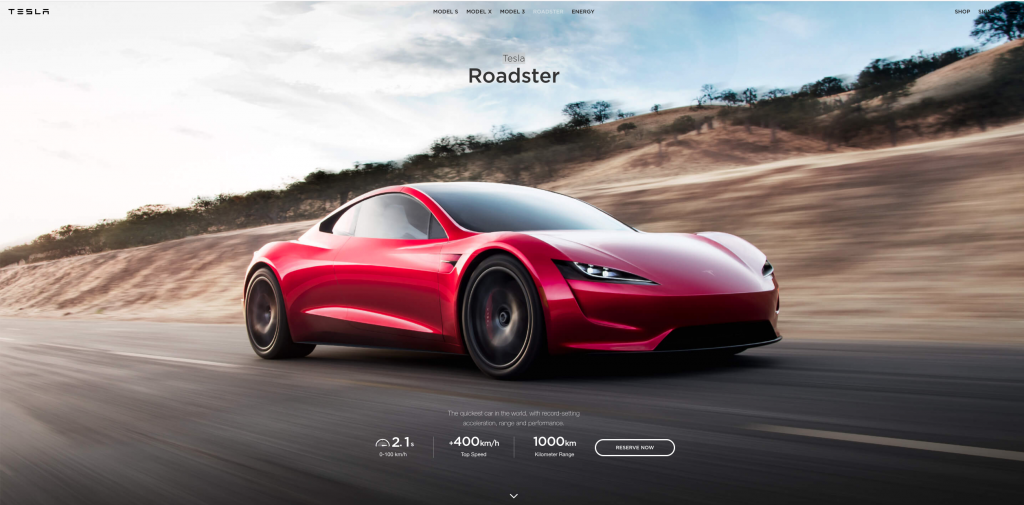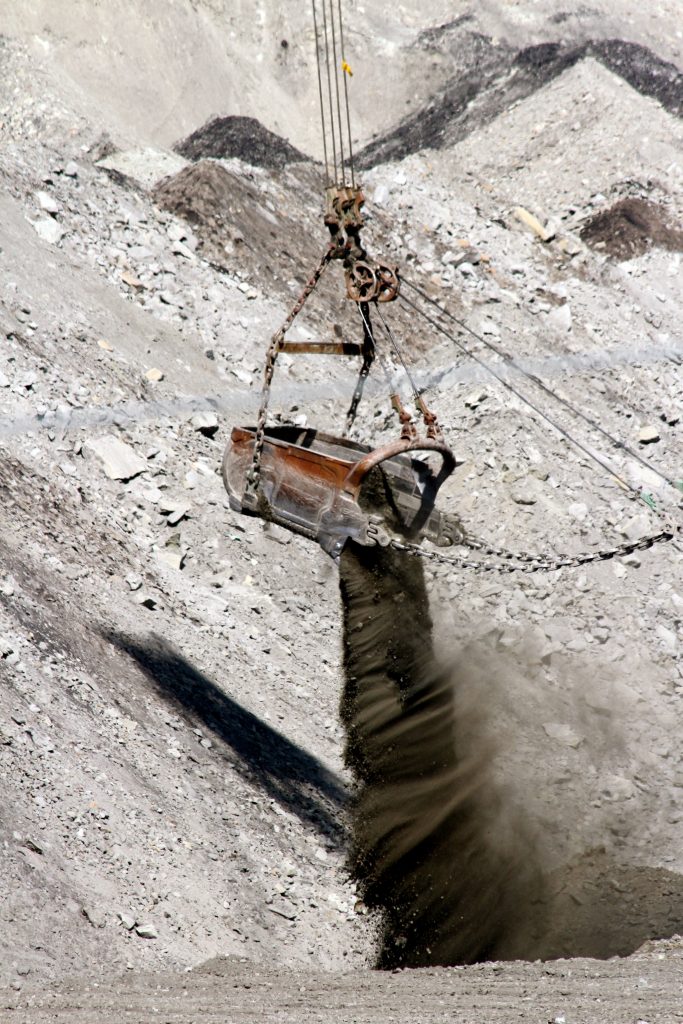By David Dodge and Scott Rollans
With the launch of the new year, it’s customary to take stock. We sat down with University of Alberta professor Tim Weis, a specialist in energy systems and energy conversion, and asked him for an Alberta angle on some of the year’s top stories in green energy.
1. Renewables now the cheapest
Above all, when it comes to green energy, Weis believes 2018 will be remembered as the year renewable energy hit a crucial tipping point: “Renewables became the lowest cost technology in the electricity sector.”
Not only are renewables cheaper than other new technologies; they’re now cheaper than the fuel cost of existing power plants. “That’s a pretty big deal,” Weis says, “because it fundamentally changes the economics—not only of new plants, but of existing facilities. Renewables are going to start to outcompete almost anything in the market and so that’s a really major inflection point for clean energy in the system.”
[rl_gallery id=”3004″]By the end of 2018 Alberta had procured 1,363 megawatts of wind power from 10 projects at prices averaging less than 4 cents/kWh.
Just before 2018 began, even industry experts were startled at the historic low prices that emerged from the Alberta’s wind-power auction. “Alberta procured wind energy at 3.7 cents a kilowatt hour, which is the lowest cost we’ve seen in all of Canada in history for wind energy procurement,” says Weis. With the low prices, wind has moved from the margins and into the mainstream. Then the province repeated these trend-setting price points in 2018 procuring 1,363 megawatts of wind power at less than four cents per kilowatt hour. This includes 363 megawatts of First Nations projects.

2. Solar is nipping at wind’s heels
Solar is starting to out-compete wind power in the southern United States. “The solar resource is nipping at wind’s heels, and I think that’s a pretty major development,” Weis observes. Alberta may not have the same solar resource as Arizona or California, says Weis, but lower prices are bringing solar into our province’s energy picture. “In the future, we’re going to see wind and solar as a one-two punch, in terms of being able to really outcompete some of the traditional technologies.”
Solar has grown 500 per cent in Alberta in the last three years from six to 36 megawatts of capacity.
Weis points to Medicine Hat as an early municipal leader in solar electricity, but others are quickly following. The City of Edmonton has topped up provincial incentives with their own solar program as has Brazeau County near Drayton Valley.
Small towns are getting into the act. “Raymond, Alberta put in solar for all their municipal buildings. So, all their own power is going to be generated from solar—in a small town in southern Alberta,” says Weis and last summer Red Deer College added 1.6 megawatts of solar and combined with a cogeneration system now generates 66 per cent of its electricity on site.
The declining price of solar opens new doors for individuals, institutions and municipalities taking energy production into their own hands.
As renewables go mainstream, Weis believes Alberta utility companies will see their role evolve. “I don’t think utilities are going away,” he says. “People often think, I’m going to put a solar panel on my roof and cut the cord and that’ll be that. I think there’s still a major role for utilities in the system—supply-and-demand management, and all those types of things.”

3. Electric cars coming faster too
The Organization of the Petroleum Exporting Countries (OPEC) electric vehicle forecast was revised up 500 per cent in 2017 and in 2018 Bloomberg predicted one in two cars purchased in 2040 will be electric.
Weis says the big news from 2018 was Volkswagen announcing that 2026 will be the last year of production of internal combustion engine vehicles. “They’ll “be moving to electric beyond that. And they’re the largest car manufacturer in the world.” And so that means that we’re kind of beyond EVs being a fringe technology.
And if you’re an EV geek, then you undoubtedly noticed Tesla’s announcement of their new 2020 Roadster with a range of 1,000 km, a top speed of 400 kph and the first production car that can do 0–100 kph in under two seconds.
4. Phasing out coal by 2030

It may not be as dramatic as four-cent wind power, but Weis believes Canada’s phase-out of coal is just as big a story in 2018. By 2030, Canada aims to completely stop burning coal, right across the country, according to government regulations passed this year.
“To me this is a huge deal because coal is the single largest source of greenhouse gas emissions globally,” says Weis. Much of our clean-energy future is based on things like electric cars, and electric heating. “You can’t do any of those things unless you have a clean electricity system. So, getting coal out of the system is a huge, huge deal globally. Canada is going to be one of the leaders in phasing it out.”
Weis agrees that Alberta provided crucial impetus in this development. “Clearly Canada couldn’t have done it without Alberta,” Weis says. Alberta, which currently burns more coal than the rest of the country, and Alberta’s move follows Ontario that phased out coal almost a decade ago. With Canada now following suit, Weis believes coal’s days are truly numbered. “It’s going to be difficult for any future government to potentially undo something like that, because you’ve got two layers of government now making that commitment.”

